- Enterprise News
- Your current location is:Home > News > Enterprise News >
The Pritzker Architecture Prize | The first African award-winning architect
On March 15, 2022, the Pritzker Architecture Prize, the highest international award known as the "Nobel Prize" in the construction industry, was officially announced. This year, the winner of the award: Diébédo Francis Kéré, an African architect, educator and social activist.
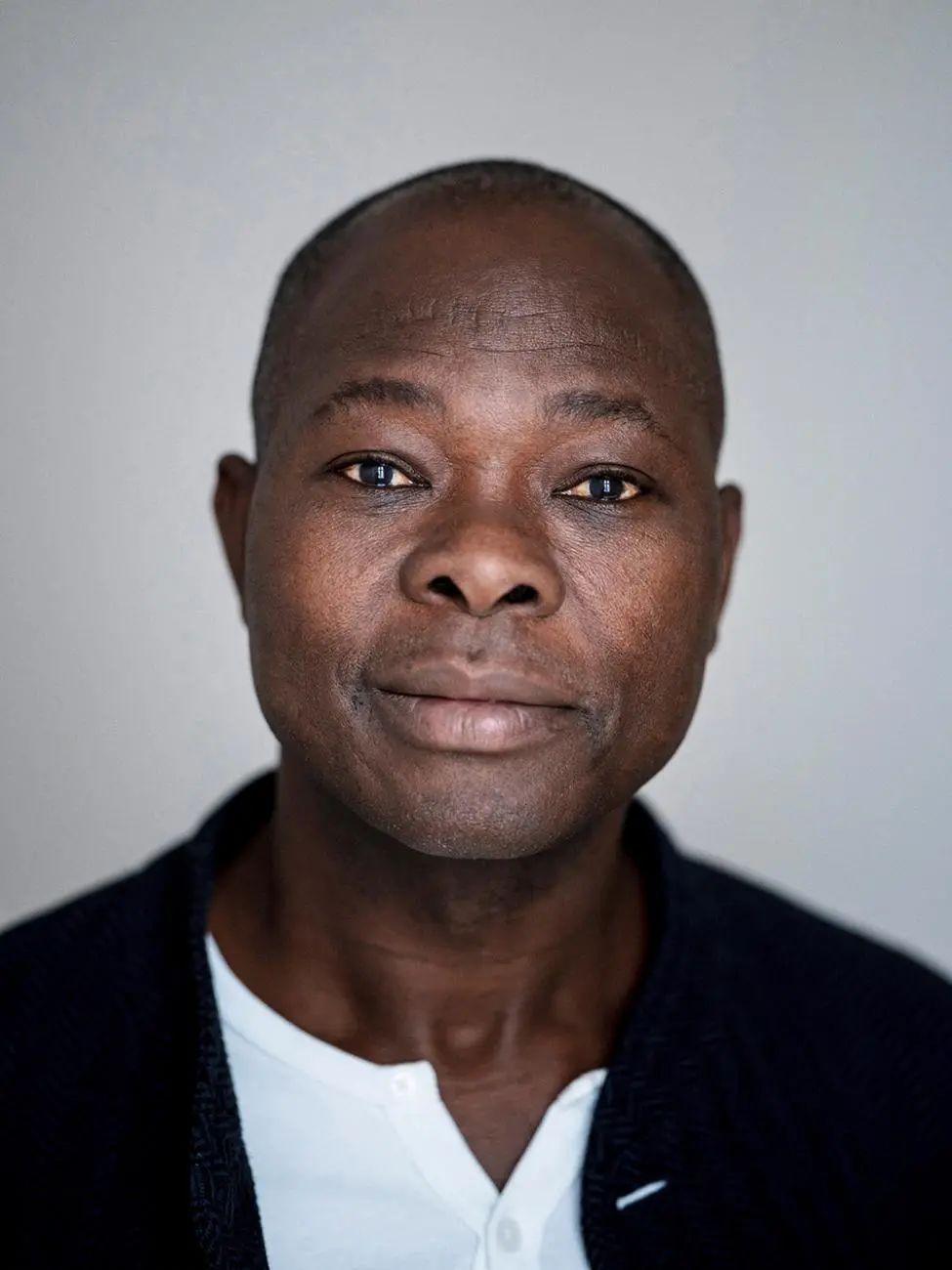
Diébédo Francis Kéré
01
Architecture beyond the poverty and wealth
Acceptance speech
Born in Gando, Burkina Faso in 1965 and based in Berlin, Germany, Francis Kéré works towards “improving the lives and experiences of countless citizens in a region of the world that is at times forgotten” as Pritzker explains. “A poetic expression of light is consistent throughout Kéré’s works. Rays of sun filter into buildings, courtyards, and intermediary spaces overcoming harsh midday conditions to offer places of serenity or gathering”, adds the official statement of the Pritzker Architecture Prize.
Recognized for “empowering and transforming communities through the process of architecture”, Kéré, the first black architect to ever obtain this award, works mostly in areas charged with constraints and adversity, using local materials and building contemporary facilities whose value exceeds the structure itself, serving and stabilizing the future of entire communities.
“I am hoping to change the paradigm, push people to dream and undergo risk. It is not because you are rich that you should waste material. It is not because you are poor that you should not try to create quality. Everyone deserves quality, everyone deserves luxury, and everyone deserves comfort. We are interlinked and concerns in climate, democracy, and scarcity are concerns for us all – Francis Kéré, 2022 Pritzker Architecture Prize Winner.
02
Concept of architectural works
Gando Primary School (2001, Burkina Faso, Gando)
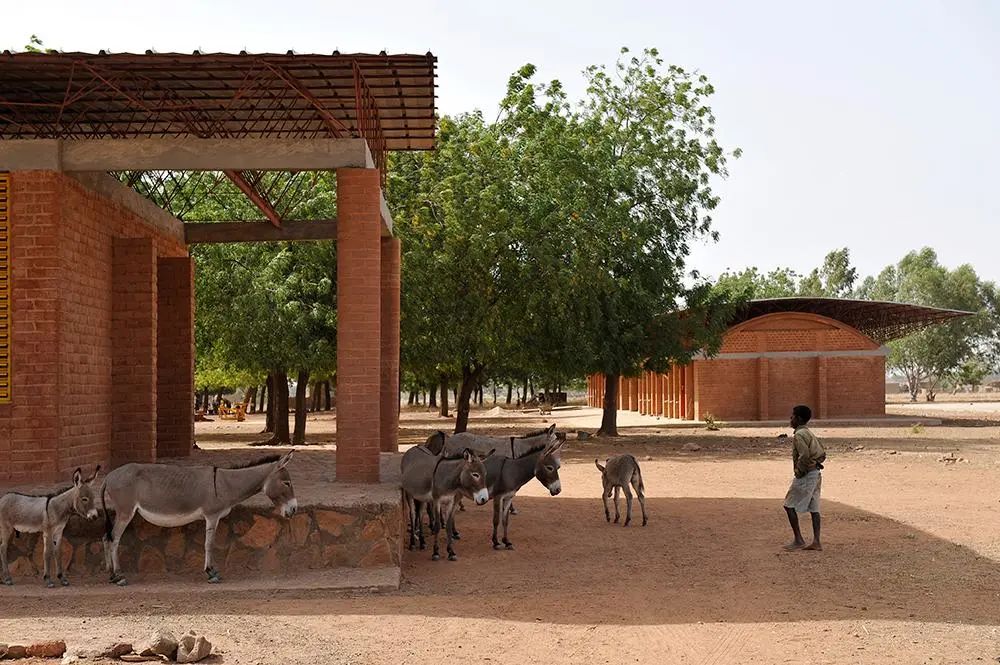
Virtually all schools in Burkina Faso are built out of concrete, but concrete production is expensive and requires a lot of electricity. Concrete buildings are not well suited to the climate in Burkina Faso, as the interior becomes intolerably hot, making it difficult for pupils to concentrate. Earth is often regarded as a building material for poor people, but Kéré wanted to use locally available resources. The primary school was built out of mud bricks, something the community was initially somewhat skeptical about. They were concerned that a mud brick construction would not survive the rain season. But Kéré's innovative design provided the solution. A wide, raised tin roof protects the walls from the rain, and allows air to circulate underneath in order to keep the building cool. The community was delighted to find the school still standing after ten years, and the building is much cooler and more pleasant to work in than the conventional concrete school buildings.
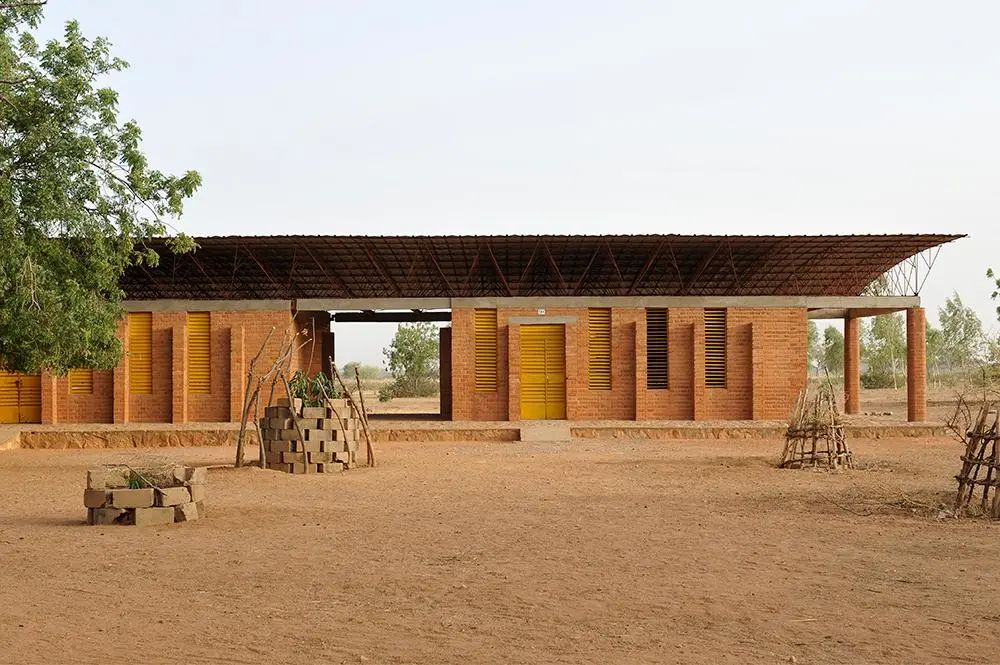
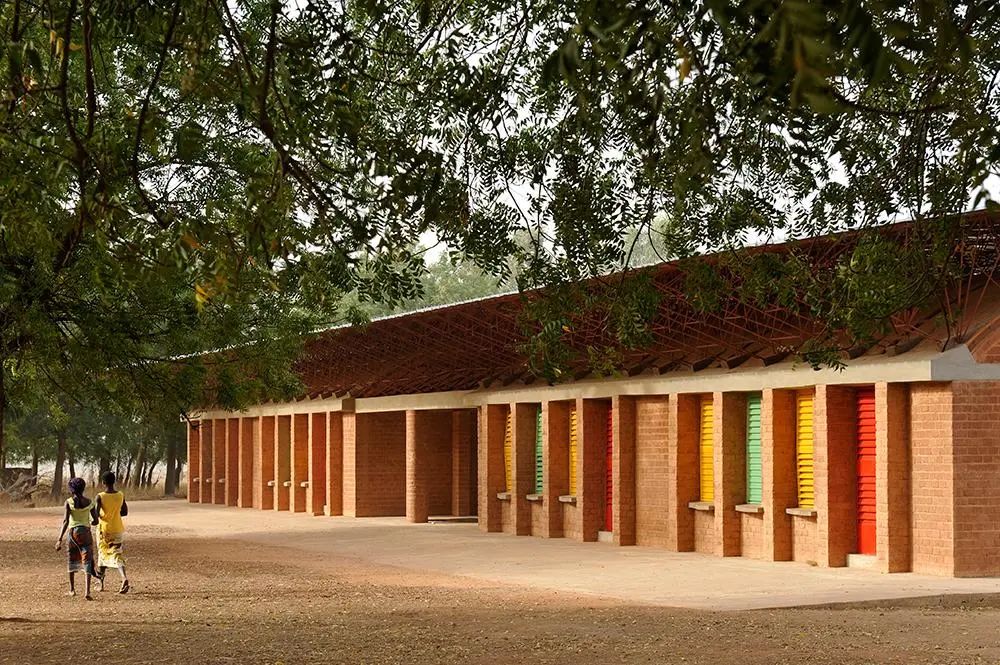
Jury Citation: He knows, from within, that architecture is not about the object but the objective; not the product, but the process. Francis Kéré’s entire body of work shows us the power of materiality rooted in place. His buildings, for and with communities, are directly of those communities – in their making, their materials, their programs, and their unique characters. They are tied to the ground on which they sit and to the people who sit within them. They have presence without pretense and an impact shaped by grace.
With an architectural expression deeply rooted in his upbringing and experiences in Gando, Kéré communicated to the world West African tradition, especially the practice of "communing under a sacred tree to exchange ideas, narrate stories, celebrate and assemble". Beyond creating for the African continent, his built works also include structures in Denmark, Germany, Italy, Switzerland, the United Kingdom, and the United States.
03
Design serves people
Francis Kéré’s entire body of work shows us the power of materiality rooted in place. His buildings, for and with communities, are directly of those communities – in their making, their materials, their programs, and their unique characters.The architecture is inseparable from the land on which it is based, and is also closely related to the users in it. They exist without affectation, but they emit a subtle influence.
Regional materials, localized construction methods and local practicability together constitute the architectural characteristics and realize the service for the community. Modern architecture needs to constantly balance the functionality and decoration of buildings. The use of building materials should be adjusted according to local conditions. Architects need to make appropriate adjustments to building products according to different needs. Compared with the designers of Dream Transformation of Home "red brick house" , architectural design should serve people. Everyone should enjoy quality and comfort.
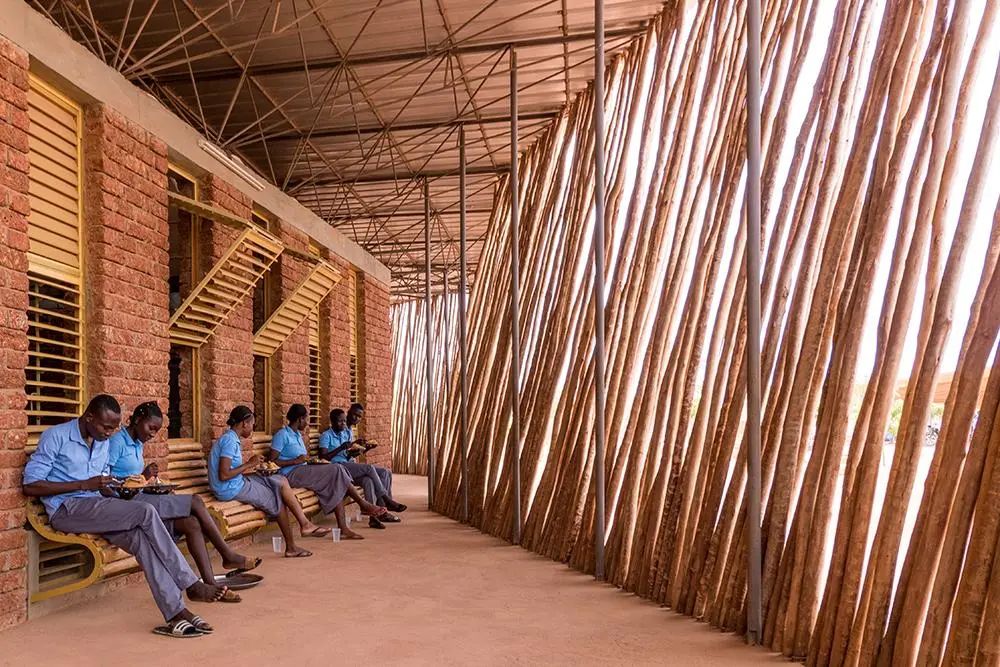
◆ Diébédo Francis Kéré makes full use of regional materials to build modern buildings beyond the construction itself, which proves that buildings could beyond the use function and that design should serve people.
◆ From the perspective of humanities, Winsom architectural products pay attention to the practicability of products and meet the various requirements of architectural designers for modern buildings through products. Winsom is always committed to providing a package of construction product solutions, which shines brightly in construction projects all over the world and has been highly praised by customers.
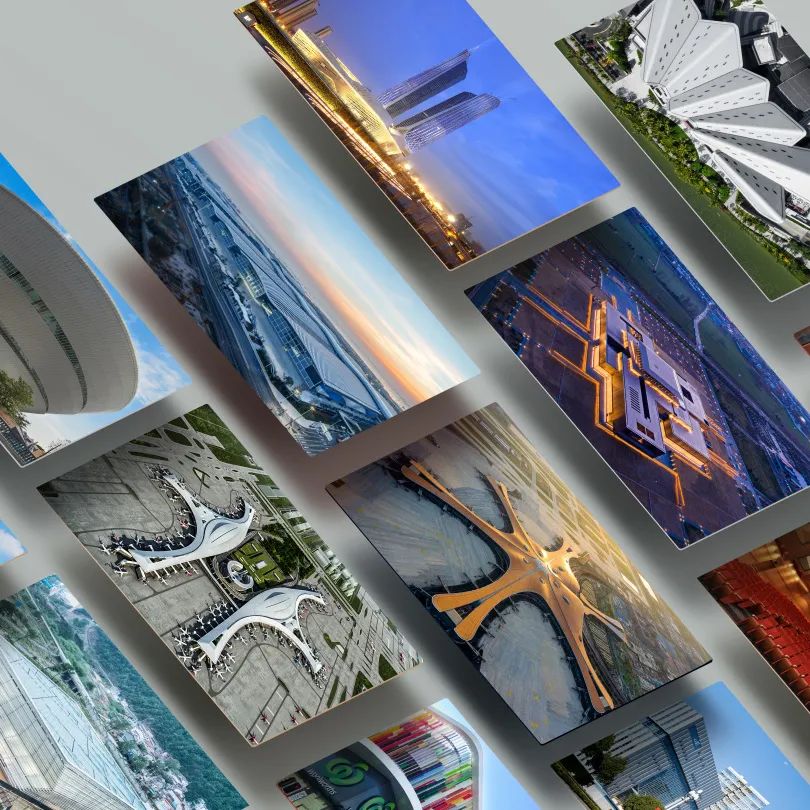
Architecture can become an endless source of life and bring lasting happiness.



